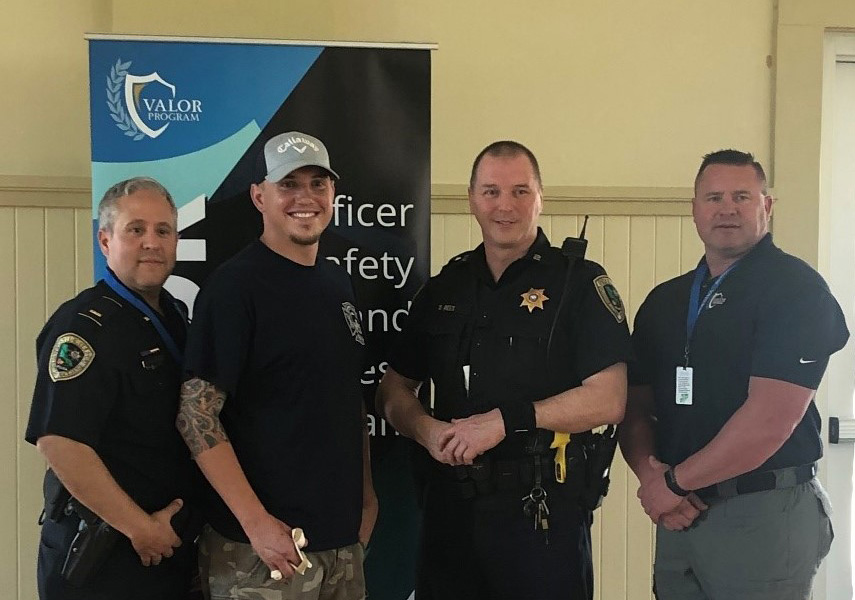History of Casualty Care
Casualty Care and Rescue Tactics Training is modeled after the TCCC Model. The TCCC Model is derived from a landmark 1996 special ops command study that was developed after the 1993 Battle of the Black Sea (Black Hawk Down) in Mogadishu, Somalia. This study served as the foundation for TCCC. This method of medical care, specifically geared towards saving lives on the battlefield, started with Napoleon and has been utilized in every war that the United States has been in since the civil war. Each war, in conjunction with medical advances, has contributed to updating techniques and equipment throughout the years.
These new strategies based on historical wounding patterns in combat also bear a relevance to law enforcement officers who share many operational parallels with their military counterparts. The new strategies developed in the TCCC Model have proven effective on the battlefield and have been retrofitted to fit law enforcement needs. Casualty Care and Rescue Tactics Training addresses optimal casualty care within a hostile environment when there is an unknown or variable evacuation time or a potential delay in casualty transport. The adaptation of TCCC to fit law enforcement needs has been endorsed by the American College of Surgeons Committee on Trauma, the Pre-Hospital Trauma Life Support Program, and many law enforcement and EMS agencies including the National Tactical Officers Association and the National Association of EMTs.
Frequently Asked Questions
Casualty Care and Rescue Tactics Training is the standard of care for life saving medical techniques used in the tactical environment. It is based off of TCCC, which is the golden standard of care utilized by all United States Military Special Forces medics and medically trained soldiers. It is the civilian adoption of the current military TCCC standards.
The Casualty Care Toolkit provides all levels of law enforcement with various online trainings and resources to utilize and share with their agencies. The information and training in this toolkit equip law enforcement officers with tools to better prepare them to save lives in the field through effective casualty care techniques.
VALOR’s Casualty Care Toolkit provides all levels of law enforcement with resources and training to aid them in the field when facing a critical incident that requires immediate medical aid. The toolkit contains online trainings and demonstration videos, printable resources to carry with you as a reminder in the field, and a page dedicated to executives and their role in casualty care training.
The information and resources in the toolkit were gathered or created by the VALOR team. Our talented and experienced Casualty Care subject-matter experts provide valuable insights from their decades of experience in the field. We also feature multiple resources from the National Association of Emergency Medical Technician’s Tactical Combat Casualty Care (TCCC) Program, the International Association of Chiefs of Police, the Department of Homeland Security, and Community Oriented Policing Services.
Often, patrol officers and other law enforcement personnel will likely be the first on scene to have initial contact with violent subjects. If casualties are sustained by law enforcement or civilians, law enforcement may need to provide medical aid to save a life until other rescuers can safely enter the scene. Because of this, law enforcement utilizes the adopted principles from the TCCC model, as it most closely mimics the type of injuries that will be seen as well as the type of care needed in the field.
The VALOR Program’s casualty care curriculum and resources are based off the TCCC model. TCCC approves certain brands in the market based on rigorous research and testing on the products, ensuring that they are only endorsing products that will be reliable and effective in the field. Therefore, though there are other products on the market, VALOR features only TCCC-approved products in the toolkit.

